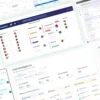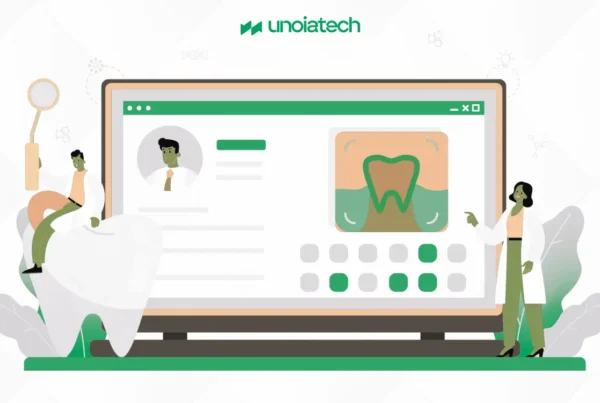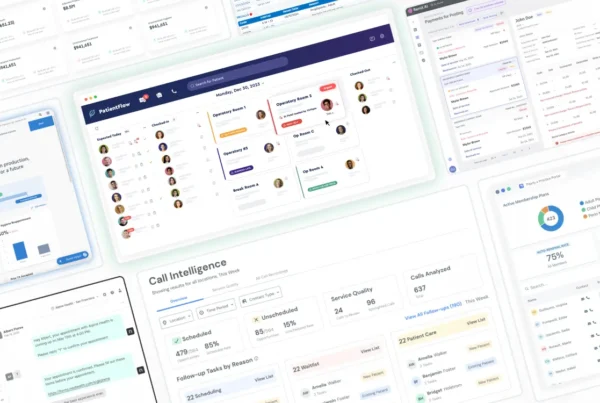
In the fast-paced world of Software as a Service (SaaS), building an effective SaaS sales pipeline is crucial for success. However, many companies struggle to convert leads into customers, often leading to low win rates. One frustrating experience I had recently highlights just how easily things can go awry in a SaaS sales pipeline. After booking 18 demos, our team experienced an astonishing zero show-up rate. How could this happen? After some investigation, we discovered that a sales development representative (SDR) had made confirmation calls that ultimately discouraged potential customers from showing up. This serves as a powerful reminder of the fragility of the sales process and the critical importance of optimizing every step in the pipeline.
In this article, we’ll explore four effective strategies to enhance your SaaS sales pipeline and ultimately increase your win rate.
1. Refine Your Lead Qualification Process
One of the most important steps in your SaaS sales pipeline is lead qualification. If you’re spending time on leads that aren’t a good fit, you’re wasting valuable resources. Implement a robust lead scoring system that ranks leads based on their likelihood to convert. This scoring can consider factors such as company size, industry, budget, and engagement with your content.
By focusing on high-quality leads, your sales team can spend more time nurturing prospects that are likely to convert, thereby increasing the win rate. Remember, it’s better to have fewer high-quality leads than many low-quality ones.
2. Improve Communication and Follow-Up Strategies
Effective communication is key to a successful SaaS sales pipeline. If your leads feel neglected or overwhelmed, they’re less likely to convert. After the incident with the SDR calling to confirm demos, it became clear that the timing and tone of follow-up communications matter.
Instead of relying on a single confirmation call, consider automating your follow-up process with personalized emails or messages. Use tools that allow for scheduling messages to go out at optimal times based on your leads’ previous engagement. This way, you maintain contact without overwhelming potential customers.
3. Optimize Your Demo Experience
Demos are a pivotal part of the SaaS sales process. If they’re not executed well, you risk losing potential customers. Ensure that your demos are engaging, informative, and tailored to the specific needs of the audience.
Here are a few tips to optimize your demo experience:
- Personalize Each Demo: Research your leads and tailor the demo to address their unique pain points.
- Involve Multiple Team Members: Sometimes, having an expert or a product manager join the demo can add credibility and provide more in-depth answers to questions.
- Follow Up After the Demo: Send a thank-you email that includes a recap of the key points discussed and answers to any outstanding questions.
4. Leverage Data Analytics for Continuous Improvement
In today’s data-driven world, using analytics to refine your SaaS sales pipeline is crucial. Regularly review your sales metrics to identify trends, bottlenecks, and areas for improvement. Metrics such as demo show-up rates, follow-up response times, and conversion rates will provide insight into how well your sales pipeline is functioning.
By analyzing this data, you can make informed decisions that help you adjust your strategies, ensuring that you stay on track and continuously improve your win rate.
Conclusion
A well-structured SaaS sales pipeline can make all the difference in your company’s success. By refining your lead qualification process, improving communication, optimizing demo experiences, and leveraging data analytics, you can significantly increase your win rate. Remember, the key to success lies in continuously evaluating and enhancing your sales processes to ensure they are smooth, engaging, and effective. Don’t let cracks in your sales pipeline slow you down; take proactive steps to strengthen your approach and drive results.








